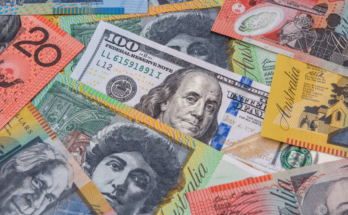GDP figures confirmed what many feared: Japan has entered yet another recession after the economy contracted for two consecutive quarters: in Q2 and Q3.
The data for Q3 showed a quarterly squeeze of 0.2%Â worse than -0.1% expected. Q2 was revised up to -0.2%, but this remains negative. Seasonally adjusted and annualized GDPÂ stands at -0.8%. Will the BOJ act this week? Not so fast.
The so-called silver lining of the report is that in nominal terms, the economy didn’t squeeze. Due to a stronger than expected GDP deflator, 2%, we had the squeeze. The deflator is important for the Bank of Japan that focuses on inflation: a 2% y/y rate of price rises that erodes growth is not bad news for Tokyo.
So, we may see a supplementary budget from the government to stimulate more growth, especially as investment is lacking, but outright easing does not seem to be on the cards. The BOJ had its chance to act on October 30th, with the semi-annual outlook, and didn’t budge.
The Japanese yen actually went in the other direction: it strengthened in the wake of the new week. This can be attributed to the risk-off atmosphere in markets following the Paris Attacks on Friday and the ongoing tension in France, Belgium and Syria.
And after the initial risk aversion, USD/JPY seems to be returning to range:




